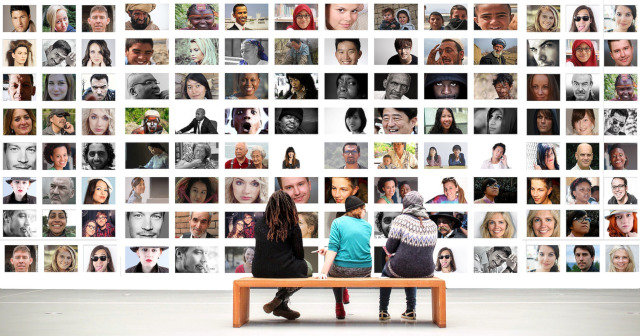In the pursuit of collaboration, we often seek unity with others, meanwhile overlooking the partnership that has to start first within ourselves. At the heart of collaboration lies a fundamental truth: we must learn to trust ourselves more and quiet the inner dialogue that often undermines our instincts and intuition. This internal collaboration between our rational thoughts and our feelings or instincts forms the cornerstone of our ability to collaborate effectively with others.

Throughout history, collaboration has manifested itself in myriad forms, transcending boundaries of culture, belief, and geography. Indigenous nations have demonstrated the essence of collaboration through shared stewardship of resources and collective decision-making, guided by principles of mutual respect and consensus-building.
In the realms of science and religion, collaboration has fueled groundbreaking discoveries and enriched our understanding of the universe. The dialogue between scientists and theologians, as advocated by luminaries like Albert Einstein, exemplifies the synergy between different fields of knowledge in the pursuit of truth.

Spiritual leaders from diverse faiths have come together to promote interfaith dialogue and foster unity, transcending religious divides for the greater good of humanity. Initiatives such as the Parliament of the World’s Religions serve as a testament to the power of collaboration in building bridges of understanding and compassion.
Yet, the essence of collaboration extends far beyond these endeavors. It permeates our daily lives, shaping our interactions within families, communities, social networks and workplaces. From rotating household chores to organizing skill-sharing workshops, collaboration fosters a sense of shared responsibility and mutual support, enriching both individuals and communities alike.
By embracing the harmony between our conscious and unconscious minds, we unlock the full potential of collaboration, transcending barriers and achieving collective success.
Here are some simple and fun ideas to practice the art of collaboration:
- Within the Family Unit: Household Chores Rotation: Family members can collaborate by rotating household chores such as cooking, cleaning, and laundry, ensuring a fair distribution of responsibilities and fostering a sense of teamwork.
- Within the Social Network: Organizing skill-sharing workshops within a social network allowing individuals to teach and learn from each other, fostering personal growth and building stronger connections.
- At Work: Collaborative efforts across different departments or teams within an organization lead to innovative solutions to complex problems.
As we embark on this journey of collaboration, let us heed the wisdom of Alexandre Dumas: “All for one; one for all.” By embracing the power of collaboration, both within ourselves and with others, we can create a more harmonious and prosperous world for all.


